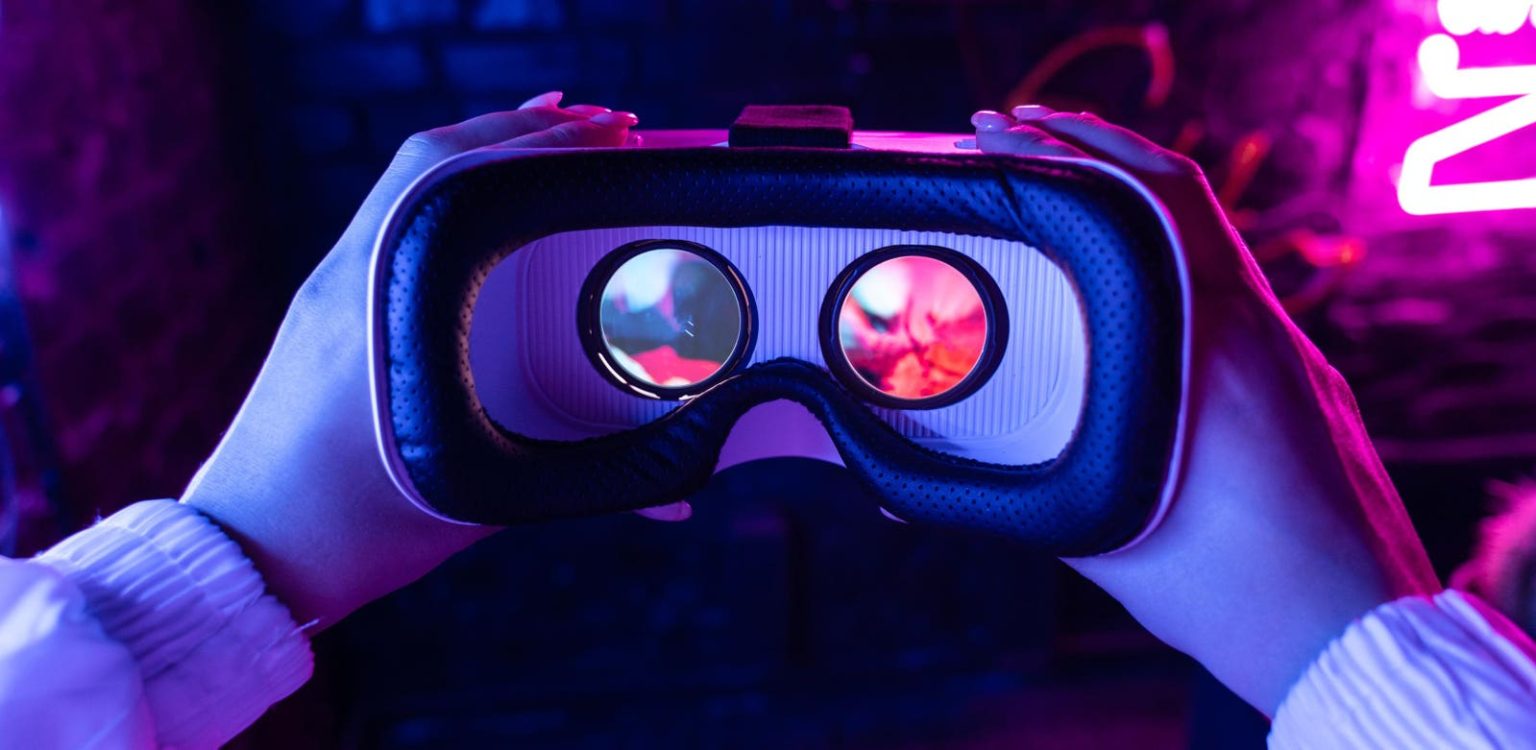Sean Hurwitz is the founder and CEO of PIXO VR.
Learning the proper way to clean up hazardous materials after a car accident. Getting a primer on how to spray insulation properly. Practicing how to navigate workplace conflicts. These are all examples of skills employers might opt to teach their employees.
But in-person training sessions aren’t always feasible or even possible. And 2D video trainings often can’t provide the level of depth and immersion needed for learning. That’s where virtual reality (VR) content and training can step in. VR training is an intermediary between in-person and video training sessions; it’s not as expensive as the in-person approach but provides more interactivity and immersion than 2D videos.
VR Training Is Poised To Follow A Similar Path As E-Learning In The Workplace
Over the years, many enterprises have adopted e-learning to train and upskill their employees. I predict that VR training is poised to follow a similar path as e-learning at the enterprise level because it’s becoming easier and cheaper to implement.
VR training has several benefits. Key among them? It reduces the costs and risks often associated with real-world training, enabling companies to train their employees more frequently—for less. In turn, employees will be more likely to be prepared when they encounter similar scenarios in the course of their jobs.
Moreover, 2022 research from PwC shows the effectiveness of VR training. The firm selected new managers from 12 locations in the United States to undergo inclusive leadership training in either a classroom, e-learning or v-learning modality. The results revealed that VR learners “felt 3.75 times more emotionally connected to the content than classroom learners and 2.3 times more connected than e-learners”—and were “up to 275% more confident to act on what they learned after training,” which was an improvement of 40% and 35% over the classroom and e-learning modalities, respectively.
However, currently, there are use cases where using VR training might not make economic sense. VR training is still an evolving technology and can require a lot of effort and investment to implement, namely, having to purchase the right equipment and software. Moreover, leaders should be aware of the need for having ample, uncluttered areas for some VR training use cases and the fact that VR can sometimes induce motion sickness. But there are now out-of-the-box, turnkey solutions that have made VR training cheaper and more accessible. Additionally, many new training modules do not require a lot of space, and as the fidelity of headsets improves, the risk of motion sickness will decrease. Given these shifts, I expect that over time, more employers will be able to seamlessly implement VR training for their workforces.
Granted, VR training won’t completely replace traditional training. PwC was correct when it posited that “VR likely won’t fully replace classroom training or e-learning anytime soon” but should “be part of most companies’ blended learning curriculum.” This, in my view, is the correct assessment. For instance, in-person training will likely better serve surgeons learning new surgical techniques. But there are certain circumstances where VR training is the right call, such as using it to assess how well job candidates understand the role they’re applying for and training and upskilling employees on certain tasks. When companies strategically leverage VR for the appropriate training sessions, they can more effectively prepare their employees.
Shifts Toward Commoditizing VR Content Creation
Currently, a substantial amount of off-the-shelf VR content is available for companies to use. Off-the-shelf VR content is suitable for some use cases. For example, a company that wants to give its employees a primer on PPE safety will likely not need customized content to drive those lessons home. But off-the-shelf VR content is not always suitable in the corporate world. Depending on specific use cases, some company leaders will want to customize VR content for training sessions. For instance, a company that intends to train technicians on how to repair its one-of-a-kind product will be better served by custom VR content rather than generic VR content.
Developing immersive, interactive content for VR has historically been expensive and time-consuming—but this is changing. As the market has evolved, it’s become easier and cheaper for corporate leaders to create relevant, tailored VR content. In my view, VR learning is taking the path of e-learning. Creating e-learning modules is a relatively easy task nowadays, but that wasn’t the case when e-learning was first introduced to the market. I predict that in the next few years, instructional designers will quickly be able to create their own fully immersive, interactive 3D trainings. Companies such as my own, for instance, are currently enabling business leaders to build their own VR content, customizing it so that it applies to their specific use cases.
A Broader Shift To 3D And Spatial Computing
There’s a broader trend behind VR training becoming mainstream—a shift to 3D and spatial computing. VR technology has significantly progressed in recent years, and with artificial intelligence, many environments can be recreated in 3D.
Some technology companies have recognized that VR technology is the closest option to collaborating in person. Consider Microsoft Mesh. As reported by The Verge, by integrating Mesh with Teams, Microsoft is enabling users “to meet together in a virtual space” without VR headsets. Then there’s NVIDIA. According to an article by Maginative, which offers AI news, analysis, training and education, research by NVIDIA permits “high-fidelity 3D video conferencing using only consumer webcams and AI-mediated techniques,” and these “breakthroughs demonstrate new possibilities for accessible and immersive virtual interactions.”
In the future, training is unlikely to be the only way companies leverage VR. The board meetings, one-on-ones and social hours that today occur on 2D video might very well soon take place in a 3D environment—leading to interactions that feel close to what we would experience in person.
Forbes Technology Council is an invitation-only community for world-class CIOs, CTOs and technology executives. Do I qualify?
Read the full article here





